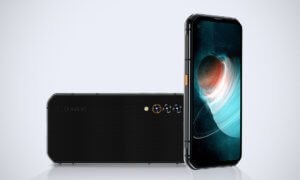A research team from the RMIT University in Melbourne managed to create the world’s thinnest hologram. This achievement paves the way towards 3D displays. Yes, one day, you might see holograms like the ones from Star Wars popping out of your smartphone #todaymagic
Holograms are old news by now. Still, ones that are thin enough to be integrated in electronics have yet to appear. This is all about to change thanks to Australian and Chinese researchers led by Professor Min Gu at the RMIT University.
The team of researchers designed a nano-hologram that’s visible without 3D goggles and that measures just 25 nanometers. That is 1000 times thinner than a human hair. Best of all? It’s very simple to make.
Why does this record matter to you? Well, Professor Min Gu says that this nano-hologram could one day make screen size irrelevant: “Conventional computer-generated holograms are too big for electronic devices but our ultrathin hologram overcomes those size barriers… a pop-up 3D hologram can display a wealth of data that doesn’t neatly fit on a phone or watch.”
Where do we go from here? Well, the researchers plan to develop a rigid thin film that can be laid onto an LCD screen to produce this 3D holographic display.
Afterwards, they hope to make flexible and elastic thin film for a variety of applications.
Follow TechTheLead on Google News to get the news first.























